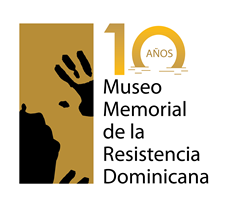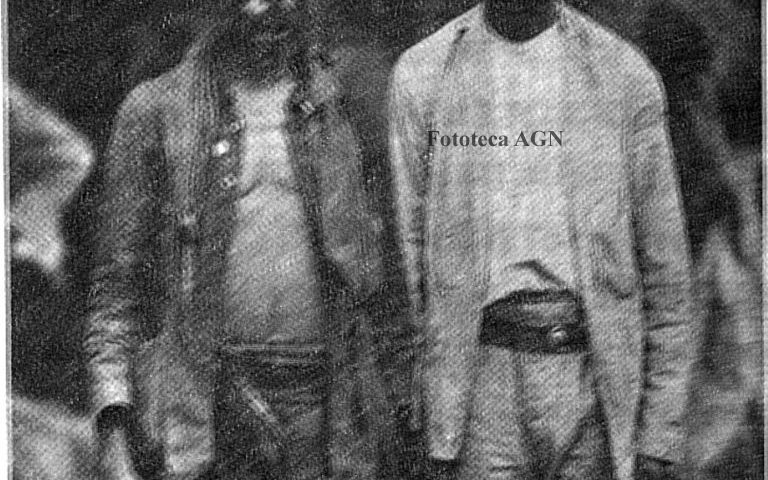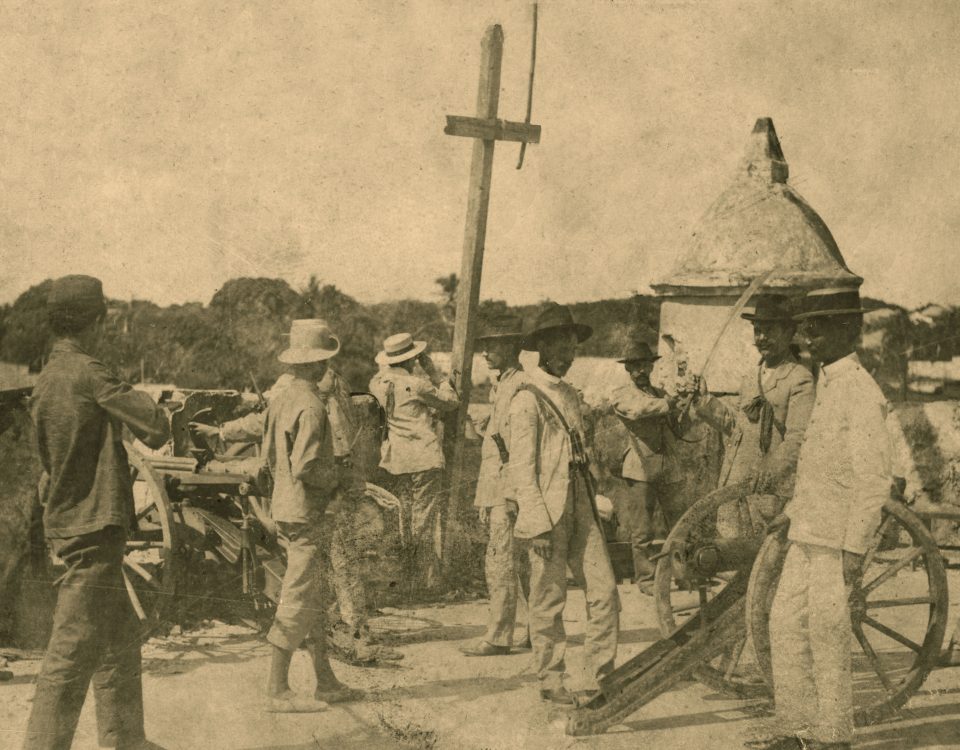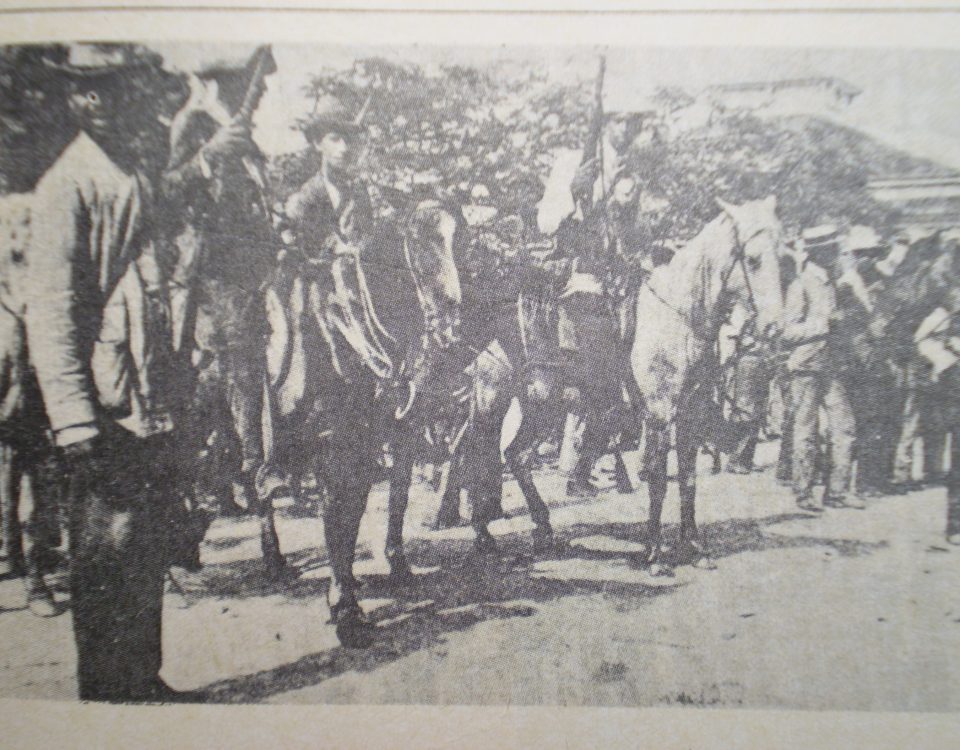Indiscriminate repression of the population during the occupation from 1916 to 1924

The guerrilla of the 'gavillero
February 19, 2017
Antecedentes del Golpe de Estado de 1930
February 19, 2017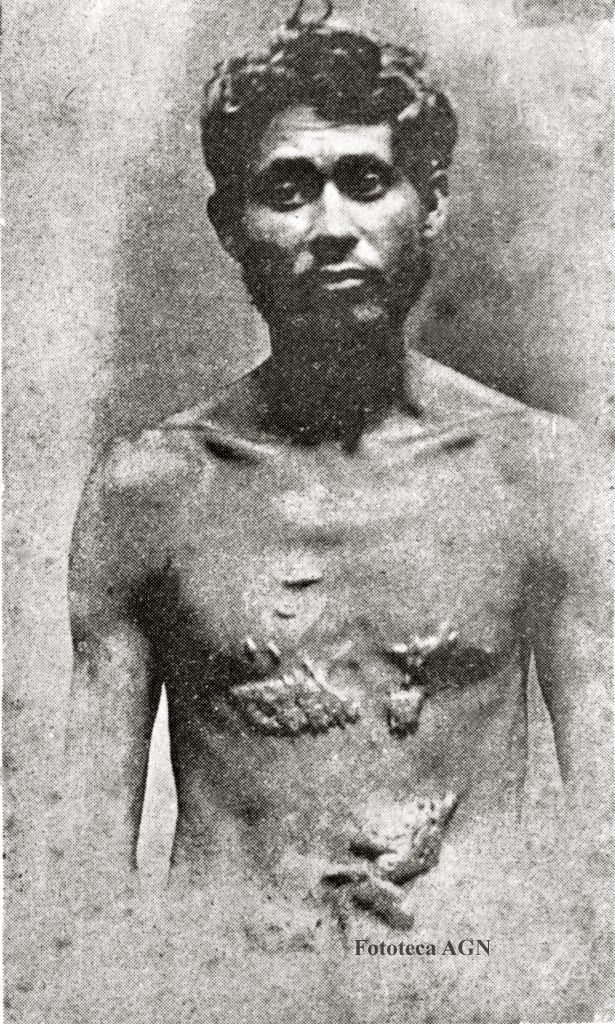
In their desperate attempt to eliminate the guerrilla movement, the repression by the American army against the rural population took on an infernal character seldom seen in human history.
Entire villages whose inhabitants resisted the hateful procedure of reconcentration were shot down and then set on fire as a form of punishment, as happened in Mata Palacio, Pedro Sánchez, San Lorenzo, Matarín, San Francisco, and nearby towns close to Hato Mayor.
As a result, it was in the Dominican Republic where the United States first employed the air force against the population in Latin America.
The stronger the attacks and the greater the crimes and abuses, the more the guerrilla movement grew.
As the war progressed, the Marines began to discover that there was indeed no clear line dividing guerrillas from peaceful citizens. Many guerrillas fought for seasons and, more commonly, operated year-round part-time. A peasant who could be tilling his fields at one moment could, thirty minutes later, be behind a rifle, ambushing a Marine patrol. Moreover, a large number of rural inhabitants belonged to an informal fifth column of guerrilla sympathizers. As the Marines began to understand the situation, they started treating everyone as the enemy.
"Simply put, it was not safe to remain in areas where the Marines were actively pursuing the guerrillas. Numerous incidents occurred in which people who could not or would not provide information about the guerrillas were beaten, tortured, and killed, or, if luckier, imprisoned." (The Impact of Intervention. Bruce J. Calder. Page 186).
Adjacent sentences: "The prejudices of the Marines often led them to look down upon Dominicans, but the problem was exacerbated among the poor, darker-skinned peasants of the East, compared to many other citizens of the Republic. Furthermore, the Marines were accustomed to patterns of white superiority and the subordination of Black people both in the North and South of the United States, a fact that led to abuses by Marines and bitterness among Dominicans in the Dominican Republic."
(Bruce J. Calder. “El impacto de la Intervención. Fundación Cultural Dominicana. 1989. Pag.182)
